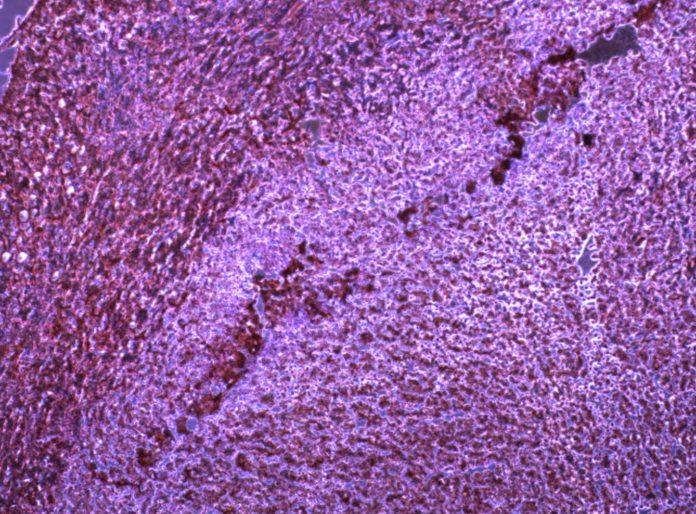Our immune system has the ability to destroy cancer cells and does so automatically. However, the cancerous tumors often remain, and a new study carried out by Salk scientists demonstrates one method where rapid growing tumors manage to evade anti-tumor immunity. During their research, the team revealed two gene-regulating molecules that change the signaling in these tumor cells to survive and alter the body’s normal immune response as a result.
Salk professor and senior author of the study, Juan Carlos Izpisua Belmonte advises, “The immunological pressure occurring during tumor progression might be harmful to the tumor to prosper. However, the cancer cells find a way to evade such a condition by restraining the anti-tumor immune response.”
One of the devastating features of cancerous tumors is their ability to grow so fast. Because of this, they use up all of their available blood supply, and as a result, they create a state of hypoxia. During this state cells often self-destruct, but this state has been known to help shield the tumor and enable it to thrive instead.
MicroRNA‘s are small RNA molecules that are responsible for regulating genes and are often implicated when it comes to tumors. During the study, the researchers screened different tumor types to determine the altered levels of microRNA’s that appear. This allowed them to gain a much deeper understanding of the connection between microRNA’s and tumor survival.
The two types of microRNA that showed a significant rise in hypoxic tumors were miR25 and miR93. The levels of these two types were then measured in the tumors of 148 cancer patients. What the researchers discovered was that those tumors with high levels of miR25 and miR93 often led to a much worse prognosis than those with lower levels.
“Given these results, we wondered if these two microRNA molecules, miR25 and miR93, could be lowering cGAS levels to create a protective immunity shield for the tumor,” commented Min-Zu (Michael) Wu, first author of the study. The team then proceeded to confirm this through further experiments using mouse models and tissue samples.
What they discovered was that a hypoxia state triggers miR25 and miR93 to emit cell signals that essentially lower the levels of cGas. If they inhibited the microRNA in tumor cells the cGas levels remained at a high level. Moving forward, Wu confirmed the team will now be researching the “different immune cells that can contribute to anti-tumor immunity.”
More News to Read
- Are Enzymes the Answer to Curing Diseases Such as Cancer and Diabetes?
- NASA’s First 3D Printed Rocket Part is Ready for Testing
- New Breakthrough, Now Cells Can Be Programmed to Fight Disease
- Researchers Discover Bacteria Can Damper the Effects of Chemotherapy
- Physicists Decipher Magnetic Ordering in New MultiFerroic Material

